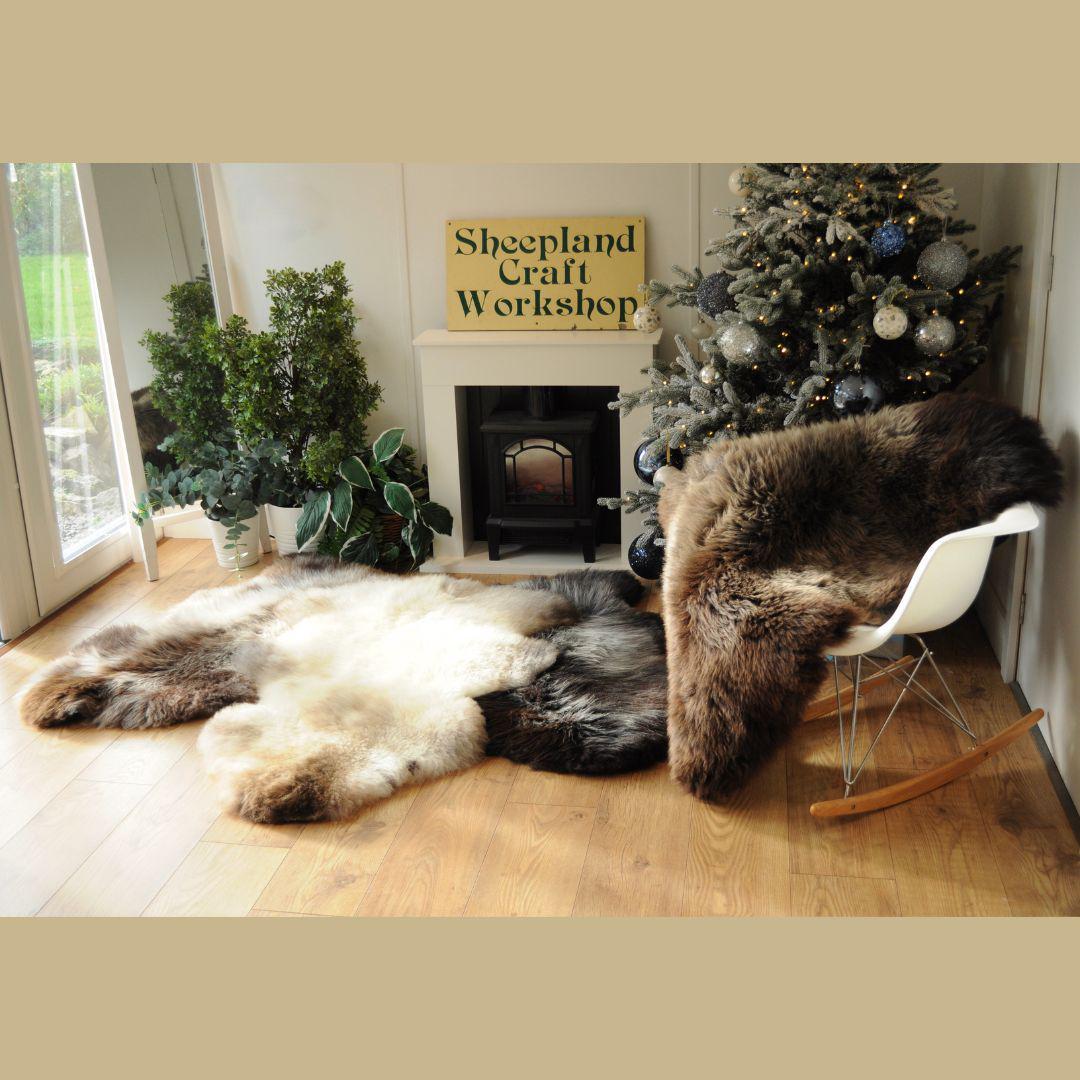Sacred rams in ancient Egypt
Sacred rams in ancient Egypt.
Ram jam on the avenue.
Do you worship your sheep? The ancient Egyptians did, considering rams and various other animals to be the earthly manifestations of gods. Reverence for the ram is odd as the Egyptians regarded sheep as ‘unclean’ beasts. Rams and the better known Apris Bull, inter alia, were referred to as temple animals. That is, they were worshipped in their physical, animal form, not only as temple statues. One particular beast was chosen for the temple and much like pop stars of today would make a ‘royal progress’ to visit gods at other temples. These rams were quite astounding in that they made oracular pronouncements by an act in response to a ‘yes’ or ‘no’ question. So, if a mosquito happened to bite the beast during a consultation, a sudden twitch may have signified that it would not be the right time to make war on an enemy. We shall leave you to judge the precariousness of state politics, given that guidance was bestowed by a sheep in high dudgeon. This puts us in mind of an old Australian joke about two politicians from opposing parties. One accused the other of having the brains of a sheep (they were obviously not acquainted with the MENSA qualified Egyptian rams); a retraction was demanded and was delivered as ‘The honourable member hasn’t got the brains of a sheep’.
Whereas the ancient Egyptians revered the ram for its fertility and warlike attributes, other cultures sacrificed it to their own gods. One such instance occurred in the Old Testament, when Abraham set out to sacrifice his only son, Isaac. Spotting a ram trapped in a thicket, he had Damascene moment and sacrificed the hapless animal instead of Isaac. Similarly, when Pharaoh suggested to Moses that the Israelites should sacrifice a ram in Egypt, not in the wilderness, Moses protested as he knew it would get right up the noses of the Egyptians, resulting in the death by stoning of the Israelites. Wise Moses was aware that the ram was sacred to two Egyptian gods, Amun and Khnum.
The earliest rams to depict gods were heavily built and had long, wavy horns. Two gods thus represented were Khnum, who created both man and gods on his potter’s wheel, and Banebdjedet. The latter was the manifestation of the Lord of Djedet and (you’ll like this) of the ‘ba’, or soul, of Osiris, one of the most renowned of the ancient Egyptian deities. You may wish to take a breather on one of our Luxury Organic British Sheepskin Rugs before you hare off in pursuit of the second, later species of ram, which was the earthly incarnation of Amun. This ram had curved horns and didn’t appear until the 12th Dynasty of Egypt’s Middle Kingdom. The processional avenue leading to the Temple of Amun at Luxor (ancient Thebes) was bordered by ram-headed lion sphinxes, each guarding a statue of the pharaoh between its front legs.
Released On 23rd May 2018


















